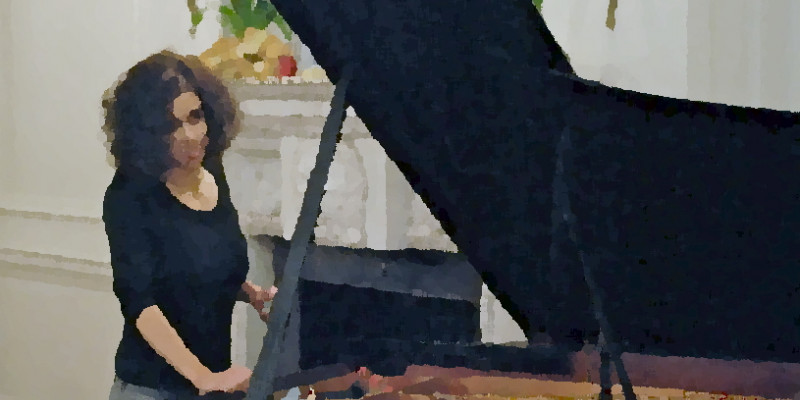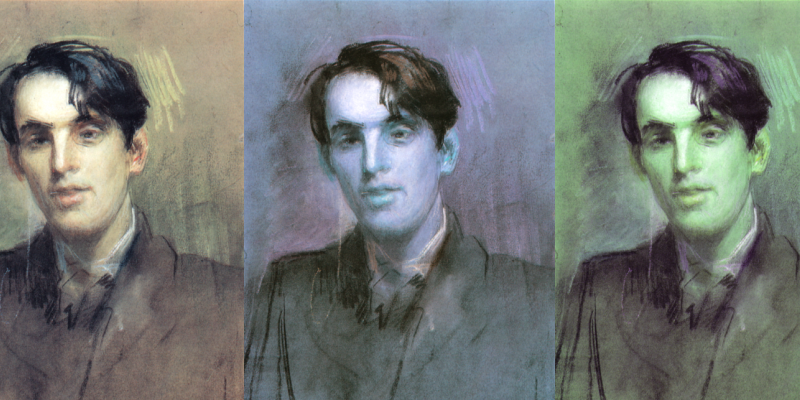A fuchsia-coloured awning
This audio paper is situated within artistic research and explores the qualities and function of timbre, memory and materiality within the practice of musical improvisation from the viewpoint of musicians of different generations and backgrounds.
The title bears reference to a quote from Cecil Taylor and explores the nature of improvisation in music making as a philosophical and ethical approach to life.
Within the dialogical nature of the piece, musicians Cecil Taylor, Andrea Parkins, Tony Buck and Mazen Kerbaj discuss questions around structuring a composition in real-time and the thought processes and different systems and categories of sounds and techniques they have developed to facilitate that.
The author’s practice as a performing musician, exploring timbre in improvisational processes and in relation to the instrument and objects used in music making frames the entire piece by questioning:
How can timbre be orchestrated and how do objects afford and shape musical thinking?
What are the different and parallel processes at play when unfolding a piece of music in real-time?
What is technique in improvisational music and what role might categorizations and words play?
Together, the research questions form a complex set of investigations that are set in motion through artistic experimentation, systematic analyses and perspectives from multiple voices (through interviews, texts and musical sources) with the objective to open for further integrated argumentation and explorations as artistic research.
The author investigates the need to organize sonic experiences and the multilayered qualities of memory as a connecting force in structuring and composing with sound, as well as a reflective and transformative tool in music making.
Further, the piece looks at relationships between sound and objects as material agents and the role they play in musical thinking and creating.
All music is performed, composed and produced by the author, using a piano, clavinet and objects. Sound is used as a technique to tie together the different voices and bring the research back to the author’s own practice. The musical layer consists of several compositions out of a series of “Memory pieces” – originally, these are pieces for amplified piano and multichannel playback, overlapping past and present performances and playing with the memory of sonic and spatial experiences. Sounds are repeated, return in subtle variation, structure the composition and play with the listener’s sonic and temporal perception of the piece. Mayas further adds sounds from an idiosyncratic “sound catalogue” she created and where she introduces her own systems of categorizations of techniques and vocabulary through objects, gesture and playing techniques. Hence, the musical layers are intrinsically intertwined with the spoken words and are referencing and adding to topics discussed in the paper. The paper also intends to show, from the performer’s own practice, how links between dramaturgy, aesthetic means and content are exposed as sometimes divergent and incoherent.




